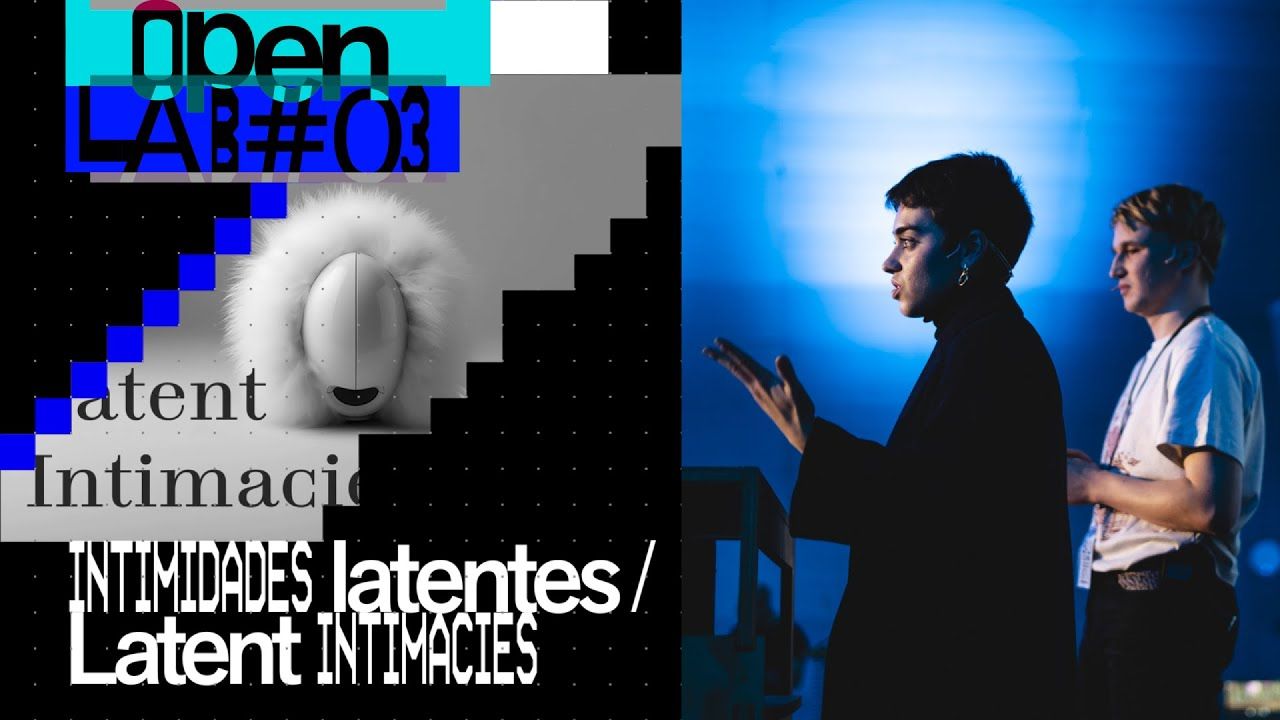
Together with Valeria Castillo, one of the collaborators of the latest work-in-progress project, Latent Intimacies, we did a presentation at Medialab Matadero as part of the LAB#04 Synthetic Minds collaborative prototyping residency
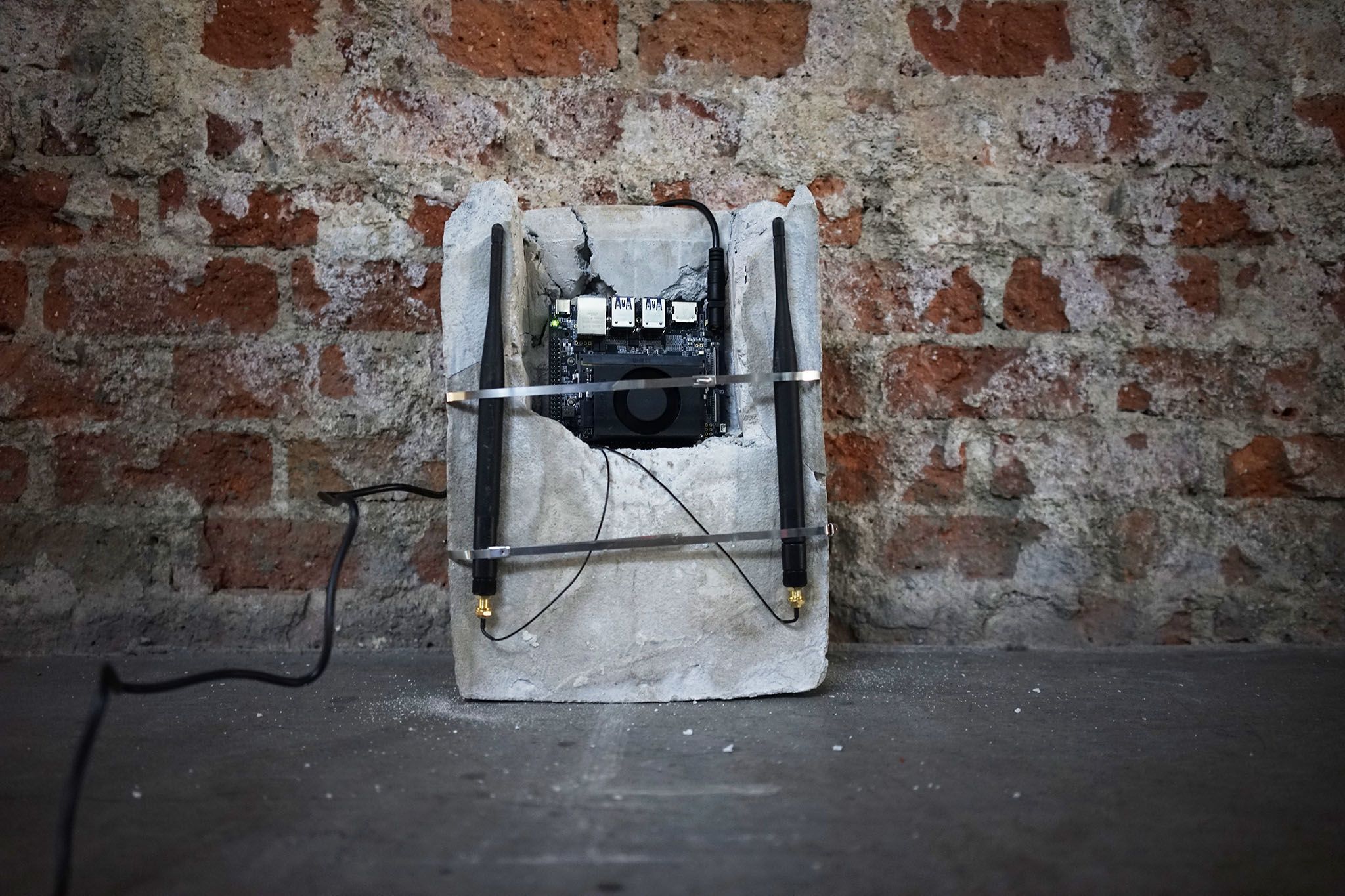
Latent Intimacies is a collaborative project using open-source speech synthesis and generative language models to explore new forms of human-machine intimacy. Producing three technical prototypes, we investigated how these technologies can evoke feelings of latency, vulnerability, and connection. Rather than chasing fluid, seamless interactions, our prototypes work with and build on existing technologies’ constraints, using these to model alternative human-machine trajectories. The prototypes are functional yet don’t have a definite aesthetic and are instead left open until the project’s next step, in which we will shift focus from AI to its users, and how people forge enduring bonds with generative language models. Considering mental health outside of traditional frameworks, we are drawn to examples of jailbreaking, DIY, and mutual aid – including microdosing, complementary medicine, open artificial pancreas systems, peer support protocols, etc. The project’s latest state is available via Github.
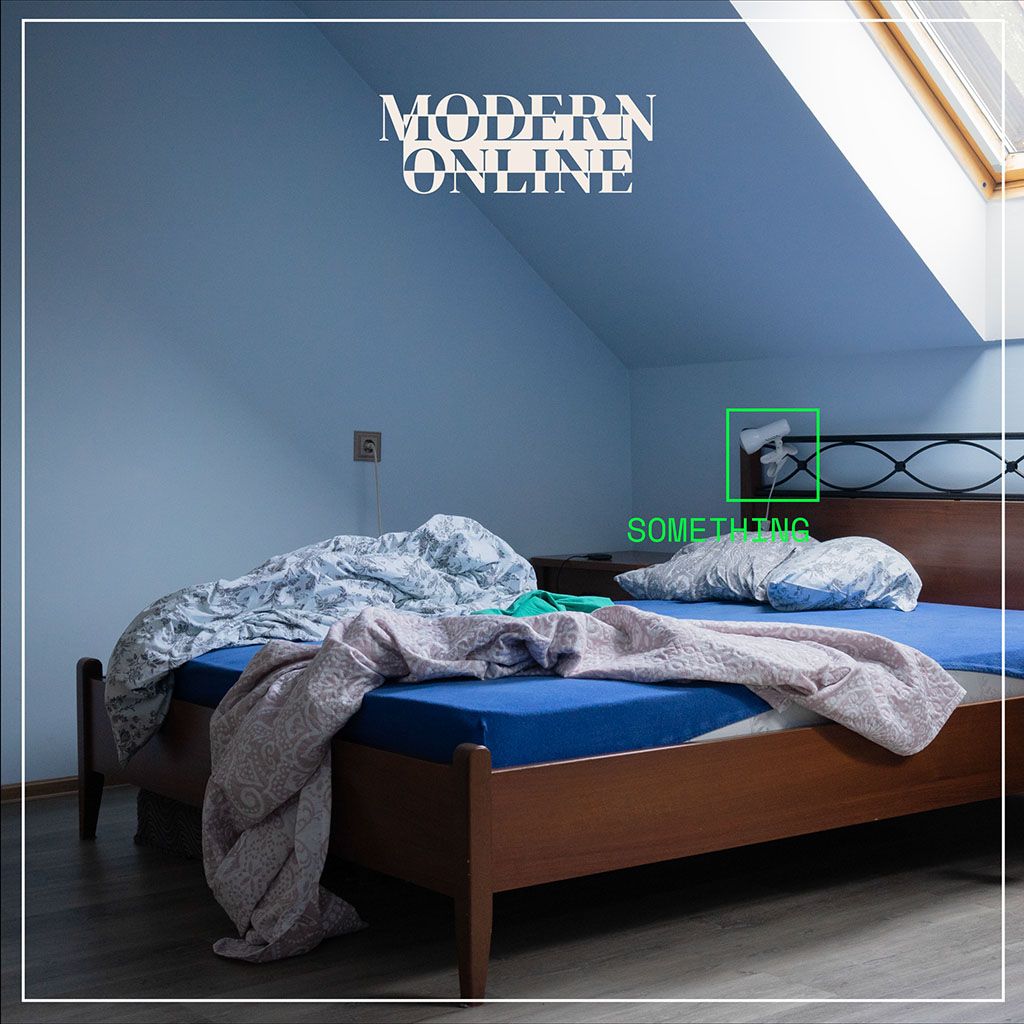
“Something,” my first self-released electronic music EP under the alter ego Modern Online, began as a sentimental goodbye to Shanghai. However, due to the time it took me to finish it, it evolved into a more general ode to melancholic domesticity.

I co-organised Assembling Intelligence, an interdisciplinary 2-day symposium held at HEAD–Genève, exploring alternative perspectives on AI through art an design. The symposium invited hosted international speakers ranging from artists to scientists, as well as workshops, performances and screenings.

For two years, I organised Social Networks of Tomorrow, an interdisciplinary programme at the Innovation Lab of La Plateforme in Marseille. This four-month programme brought together students from all over Europe to develop concepts for alternative, small-scale social networks inspired by the self-organisation of small communities. I also wrote an essay exploring different possible futures for social networks and who would belong in them.
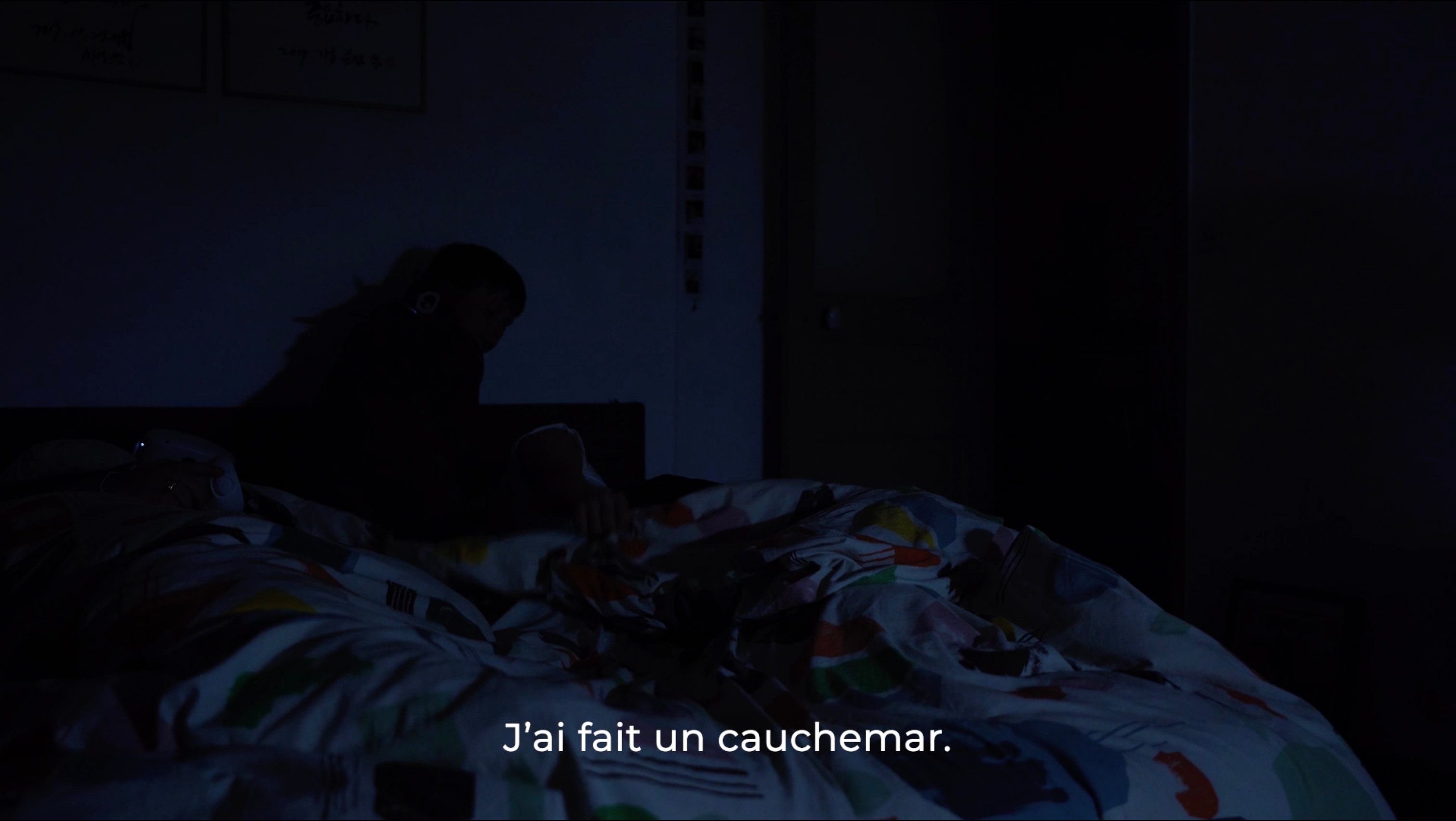
With a filmmaker and friend Francesco Garbo, did a short on people sleeping in VR.

Unė Liandzbergytė pakvietė į laidą trumpai pakalbėti apie ATOKAITA2001 projektą su Simonu Jončiu, šiaip pajuokauti bei pasidalinti muzika iš mėgstamų filmų (mano atveju, serialų).
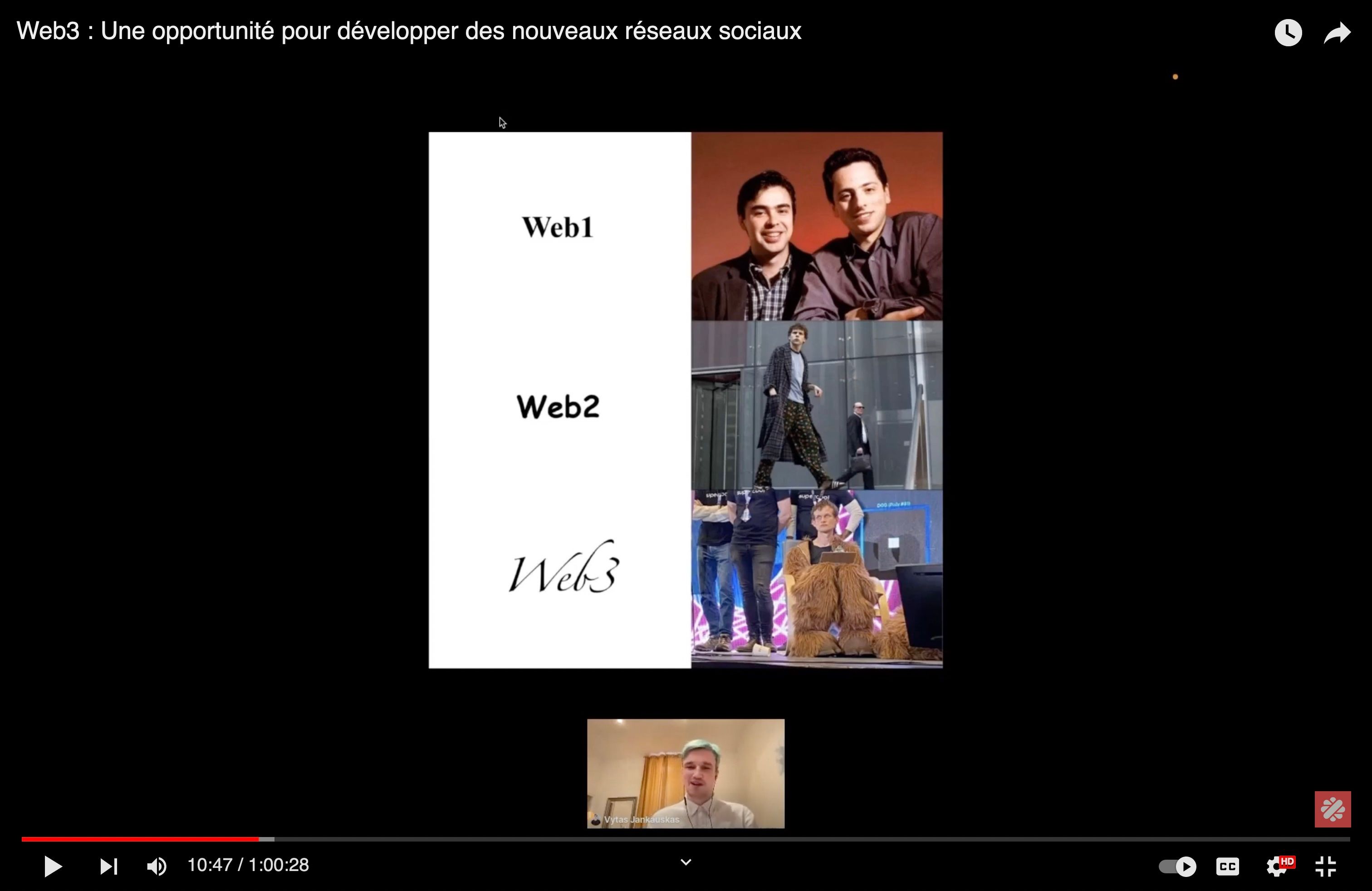
J’ai parlé du web3 dans le cadre des réseaux sociaux décentralisés et j’ai présenté un aperçu du programme interdisciplinaire web3: réseaux sociaux de demain à La Plateforme à Marseille.
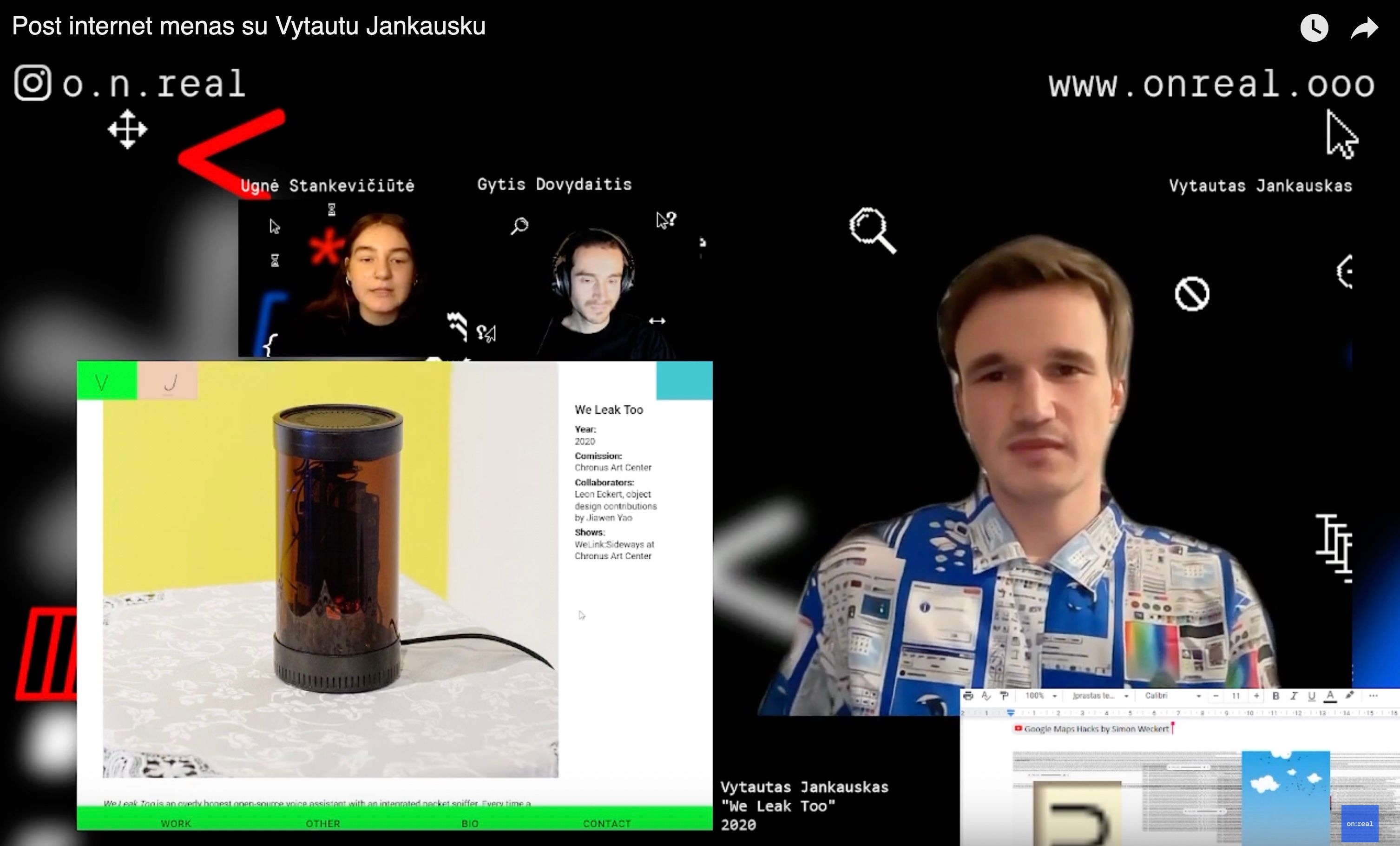
Pakviestas Gyčio Dovydaičio ir on:real projekto kalbėjau apie post internet, ar ir kaip mano projektai telpa į jo rėmus. Taip pat apžvelgėm kelis kitus mano mėgiamų menininkų projektus, pakilnojom skaitmeninio meno sklaidos eksponavimo naštą.
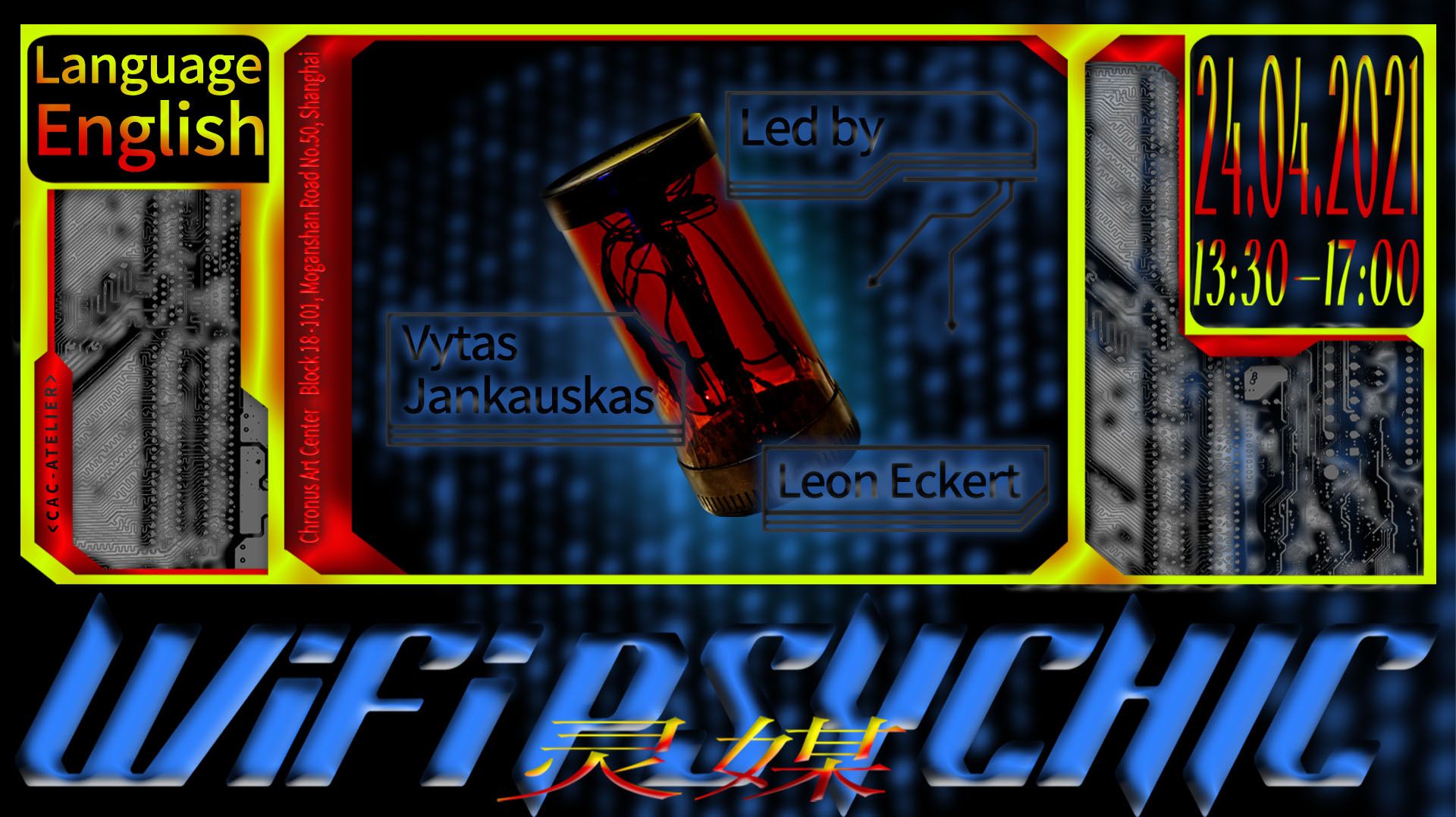
We did a workshop with Leon Eckert at Chronus Art Center introducing basic principles of internet security and why it’s important to strive for privacy as much as possible. We used network sniffing (ARP spoofing and packet reconstruction) in combination with Python to generate some graphics based on intercepted network data.
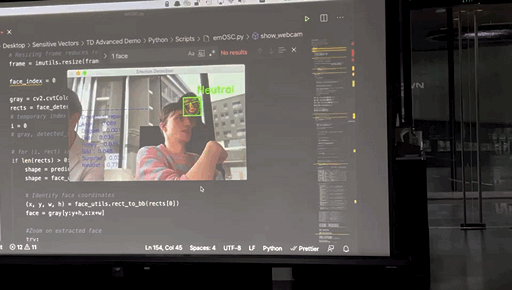
I did a reiterated version of my Sensitive Vectors workshop (post in Chinese) exploring emotion recognition technology. This session was hosted at ZHI Art Museum in Chengdu, along with UNKNOWN installation by Yin Xiuzhen, on which I collaborated on behalf of CAC Lab. The workshop introduced some of the technologies used in the installation, while giving a critical overview of facial and emotion recognition technologies and their backends. I then showed how some of the tools can be reappropriated creatively. The updated workshop version was split into beginner’s part (using faceOSC and Wekinator as per previous iteration (post in English) and a new, more advanced part, using Python with Tensorflow CV2 (computer vision) library and TouchDesigner.

Invited by the Duke Kunshan University’s Humanities Research Center’s Media Lab as part of Media and Arts Speaker Series, I gave an online presentation around the “attitude” of Chronus Art Center’s Lab, which I am currently leading. I talked about dissecting everyday technologies as part of Lab’s and my personal practice, as well as how big dreams for tech got sedated over time.
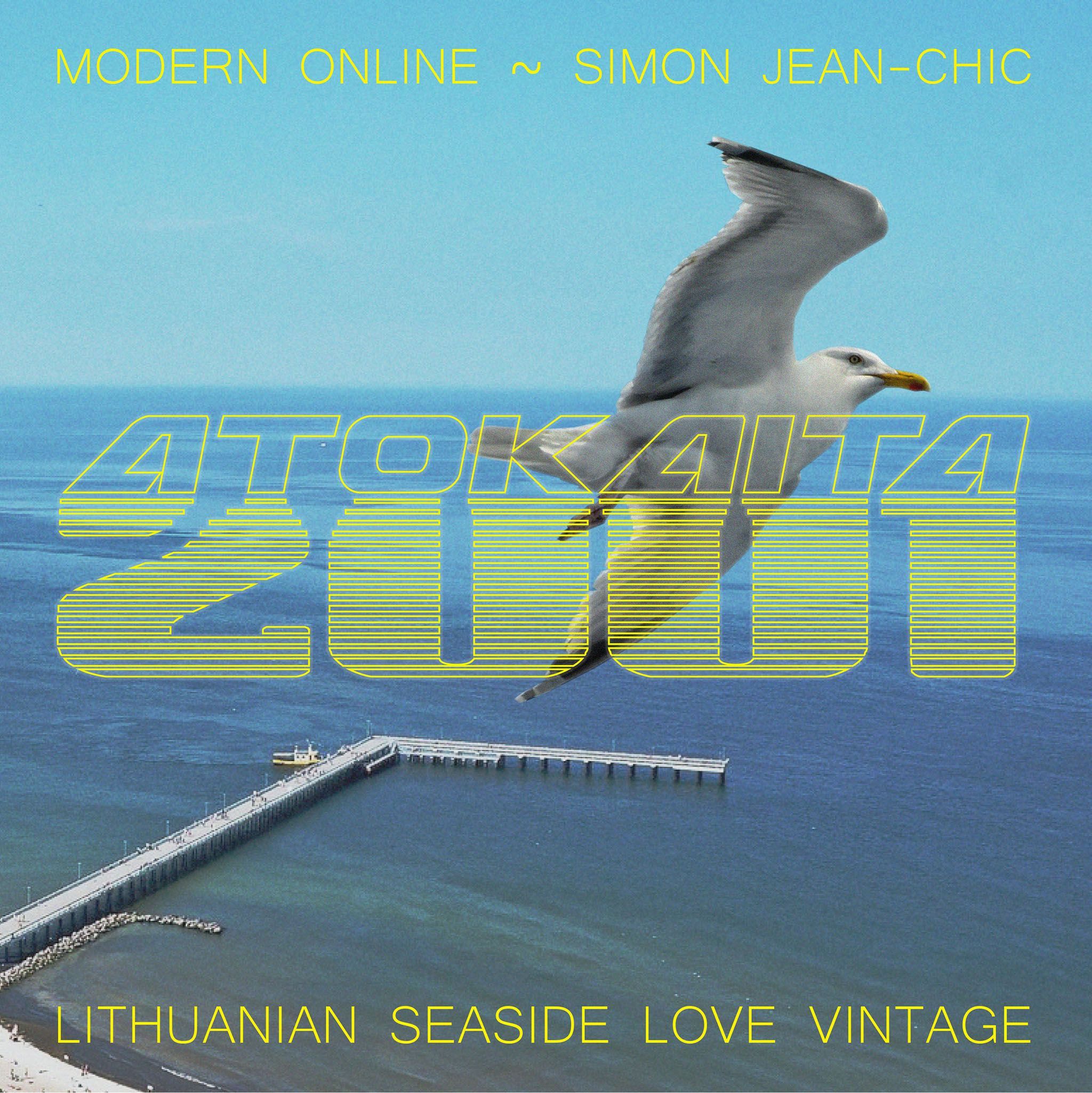
With my dear high school friend Simonas Jončys, a.k.a Simon Jean-Chic, we made an album that revisited, revived, remixed, and reinterpreted Lithuanian pop songs from around the year 2000. Through leitmotifs of escapism, exploration, holiday romance and heartbreak, the album is a journey into a subset of nation’s sonic history in light of contemporary soundscapes.
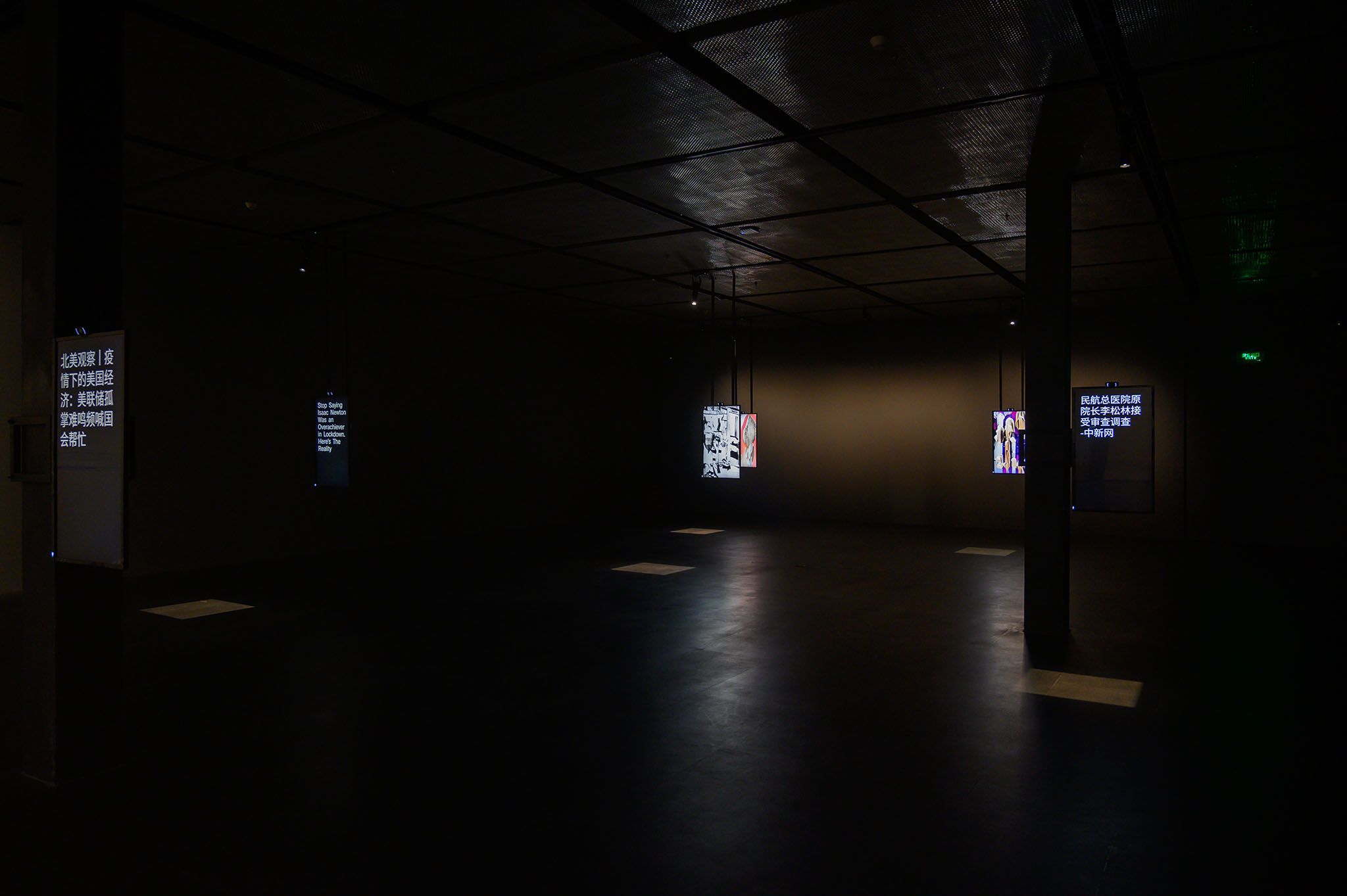
A&T@ programme conceived by ZHANG Ga, envisions collaborations between established Chinese visual artists who usually do not employ technology in their practice, and Chronus Art Center (CAC Lab) in Shanghai. For the third session of the programme in collaboration with ZHI Art Museum in Chengdu, artist YIN Xiuzhen was invited to temporarily abandon her habitual formats in order to explore technology as new medium. As the current Head of Research at the Lab, I was entrusted to lead a talented team of media artists in the development of the piece, identifying the technological metaphors, tools, and relationships between them, to embody artist’s original idea.

Invited by School of Machines, with machine-learning scientist Claire Glanois we ran a five-week online class on alternative, less dull, less user-centered, and less optimisation-driven voice assistants, combining speculative and critical design methods with machine-learning theory and practice. The workshop feeds into a bigger, work-in-progress research-creation endeavor ‘Unfamiliar Convenient’, looking into the stagnating states of smart home.
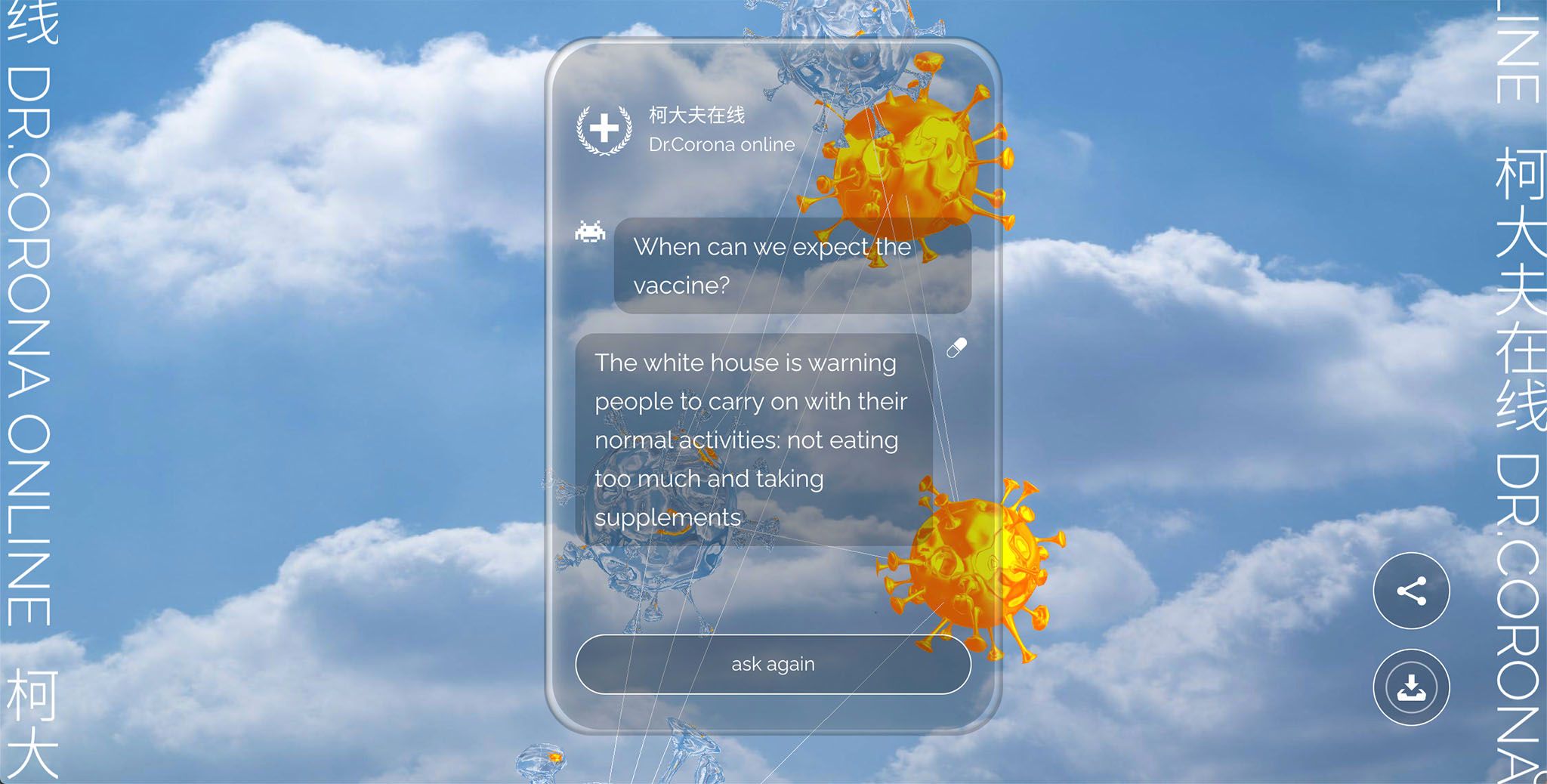
I helped artist YE Funa develop DR.CORONA ONLINE, a natural language processing (GPT2) machine-learning-driven roboadvisor trained on Chinese ‘chicken soup’ (newspaper correspondence doctor popular in the 90s that used to give advice based on common sense rather than medicinal knowledge). The peace is part of We Link: Ten Easy Pieces online exhibition.

As part of the same FUN PALACE exhibition curated by Bruce Bo Ding, we got a chance to reunite with my inseparable half Jon Flint as VJF and record a PODCAST! We talked about our general practice and interests, good old days at Superflux, as well as exhaustively explaining the whys and buts behind our nerdy projects.
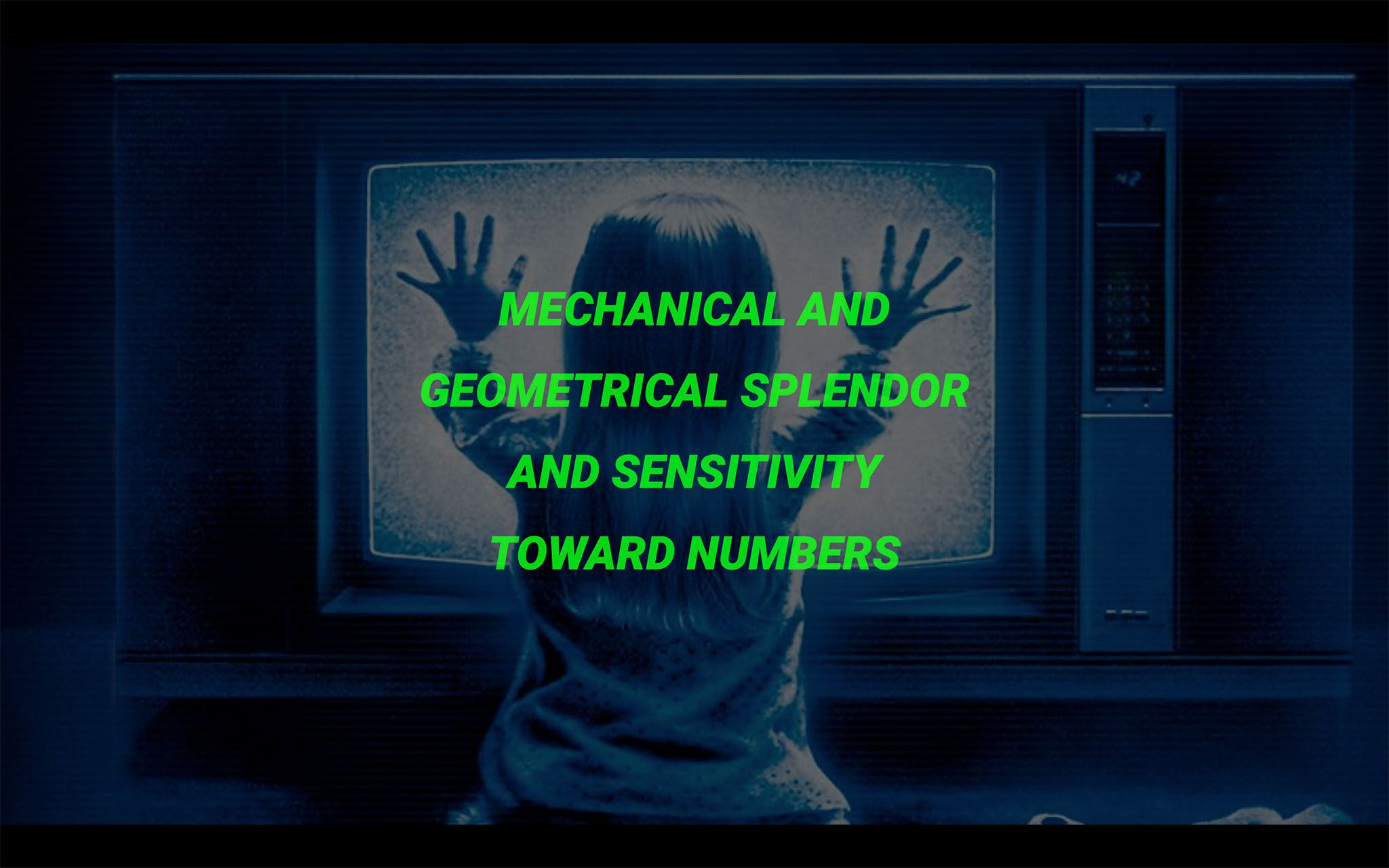
In this talk I discussed the leakiness of IOT as well as various dissonances smart home devices create as they inhabit our messy everyday realities. A short writeup by Percy Chen is available here.
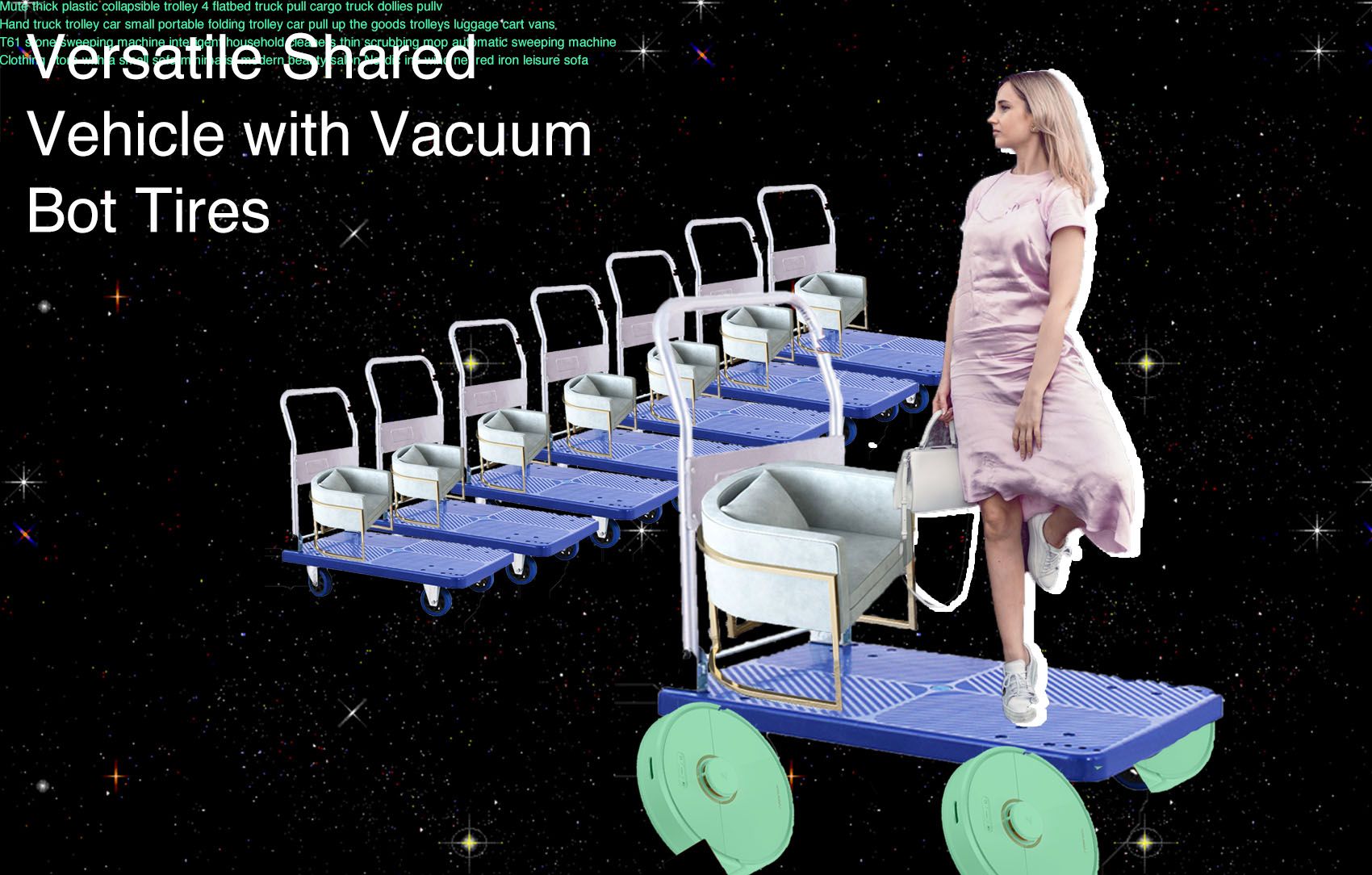
Together with a machine learning researcher Claire Glanois we held Shoppers Exposed, a workshop at Chronus Art Center in Shanghai that used machine-learning to analyse participants’ TaoBao (Chinese ‘Amazon’) purchase histories and ‘predict’ (generate funky new product names based on previously bought items) what they might buy next.
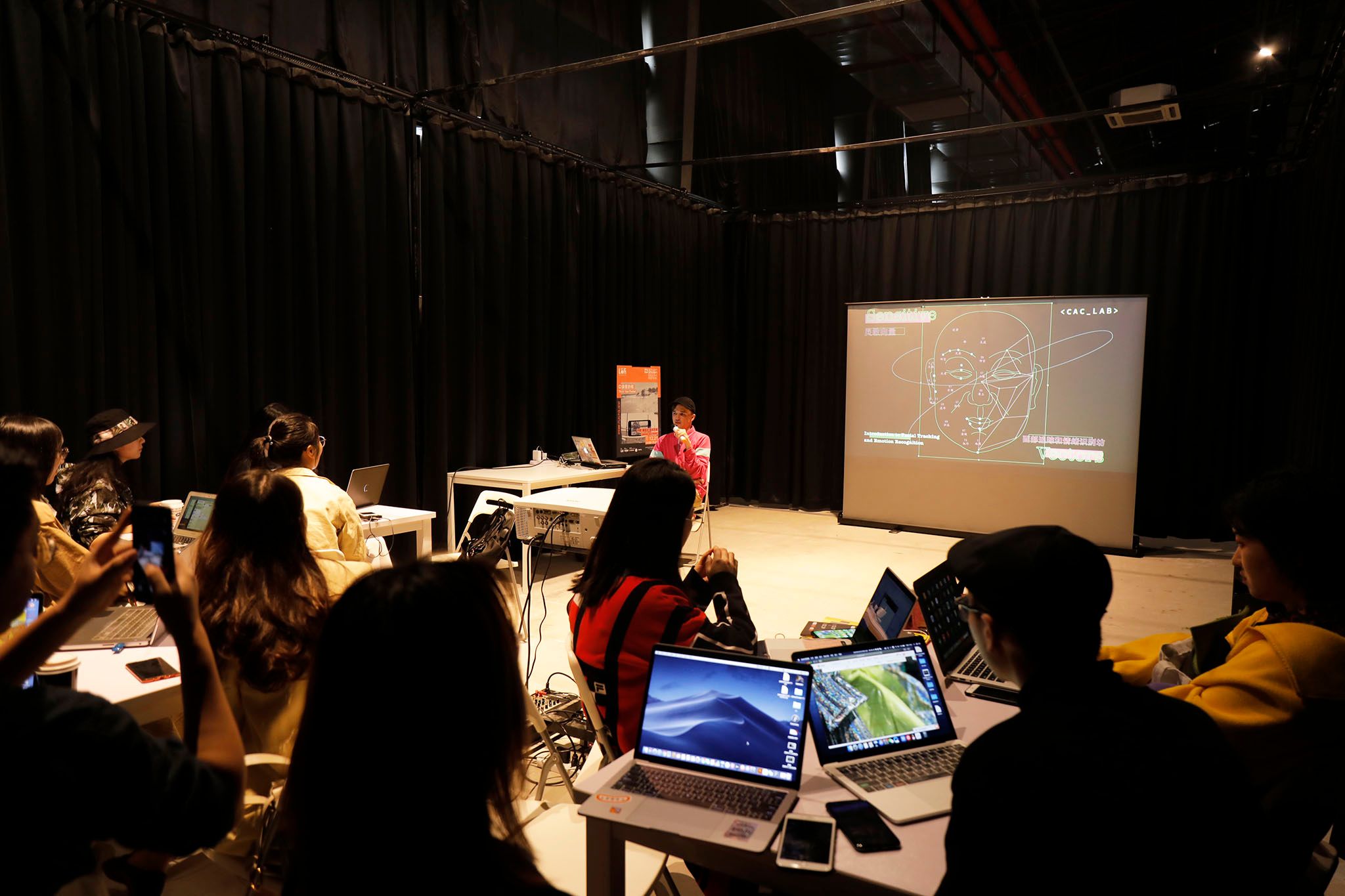
Invited by the curator Bruce Bo Ding I held the ‘Sensitive Vectors’ workshop’s second edition at OCAT in Shenzhen as part of his Fun Palace exhibition, critically unpealing backend layers of emotion recognition technologies through creative excercises.
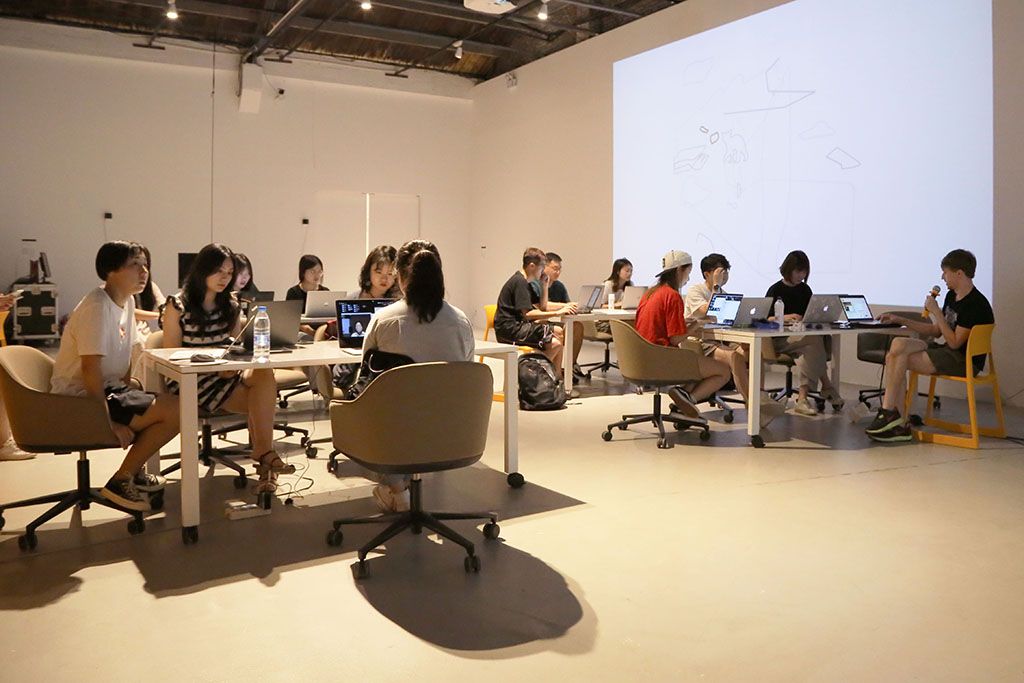
I recently did a workshop at Chronus Art Center in Shanghai getting hands-on with the basic frameworks behind facial tracking and emotion recognition. We also tried to imagine less problematic uses for facial technologies.
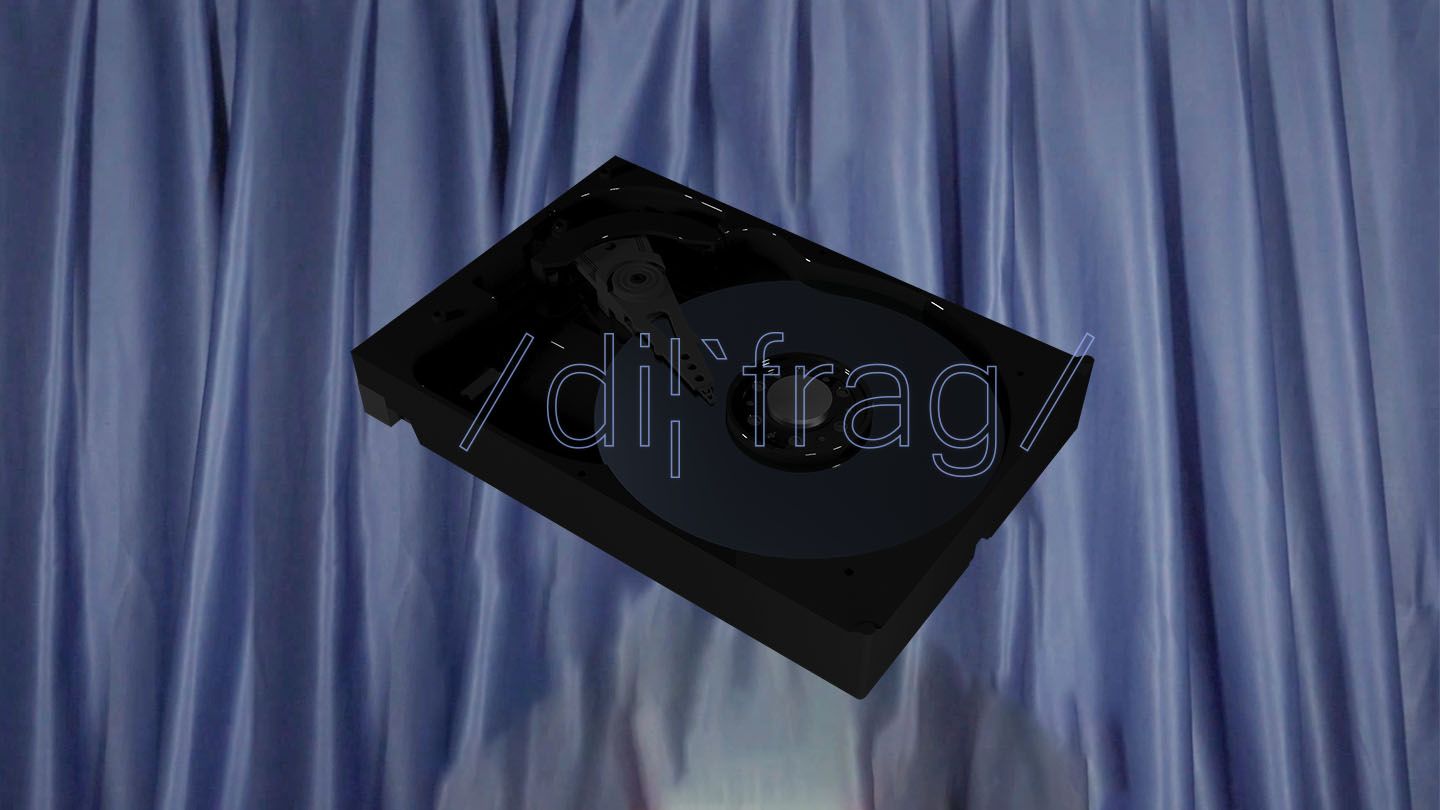
I did a series of visuals for the DEFRAG talk series currated by Jake Charles Rees for the Somerset House Studios in London.

Invited by Jake Charles Rees, I designed and animated the logo for the CIJ Logan Symposium, theme of “Conspiracy”, held at Goldsmiths, University of London.

While working at the Superflux design studio in London, I helped develop a facial recognition mirror that displays satirical ads based on facial expressions, for the exhibition the ‘The Future Starts Here’ at the Victoria and Albert Museum.
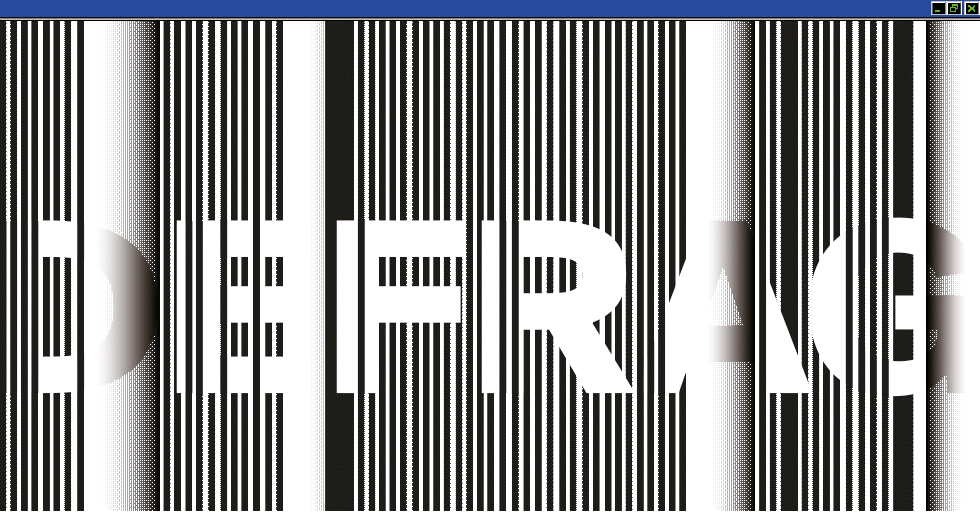
Asked by Jake Charles Rees, I made a logo for DEFRAG event series at the Somerset House in London, exploring the role technology plays in the development, production and consumption of art and culture.
I worked on the sound design for ‘Our Friends Electric’, a short film by Superflux commissioned by Mozilla Foundation, exploring the futures of automated voice assistants.
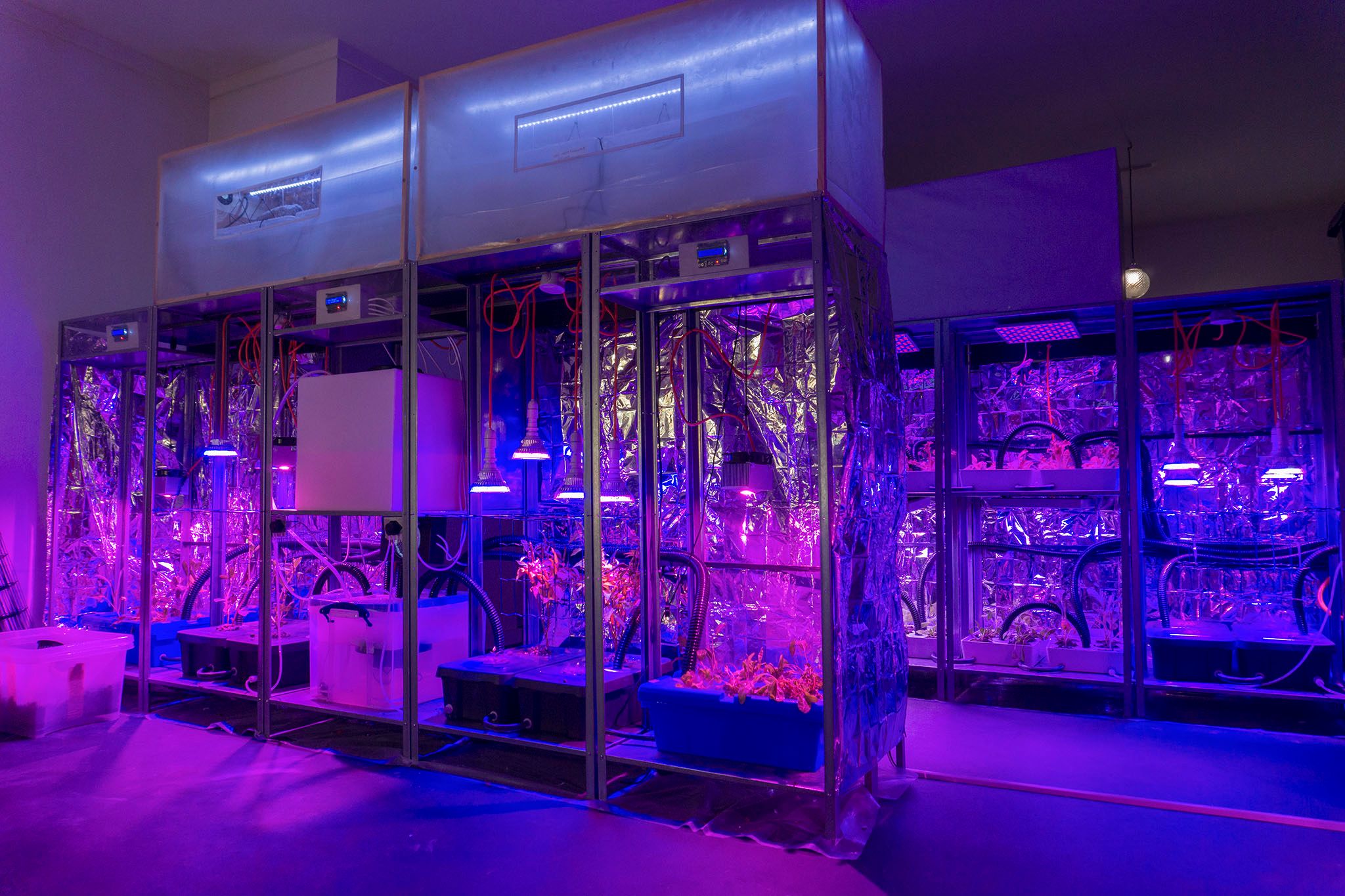
While working at Superflux, I designed the soundscape and helped create an artificial city view for a London flat heavily affected by climate change in 2050, as part of the ‘After the End of the World’ exhibition at the CCCB in Barcelona.
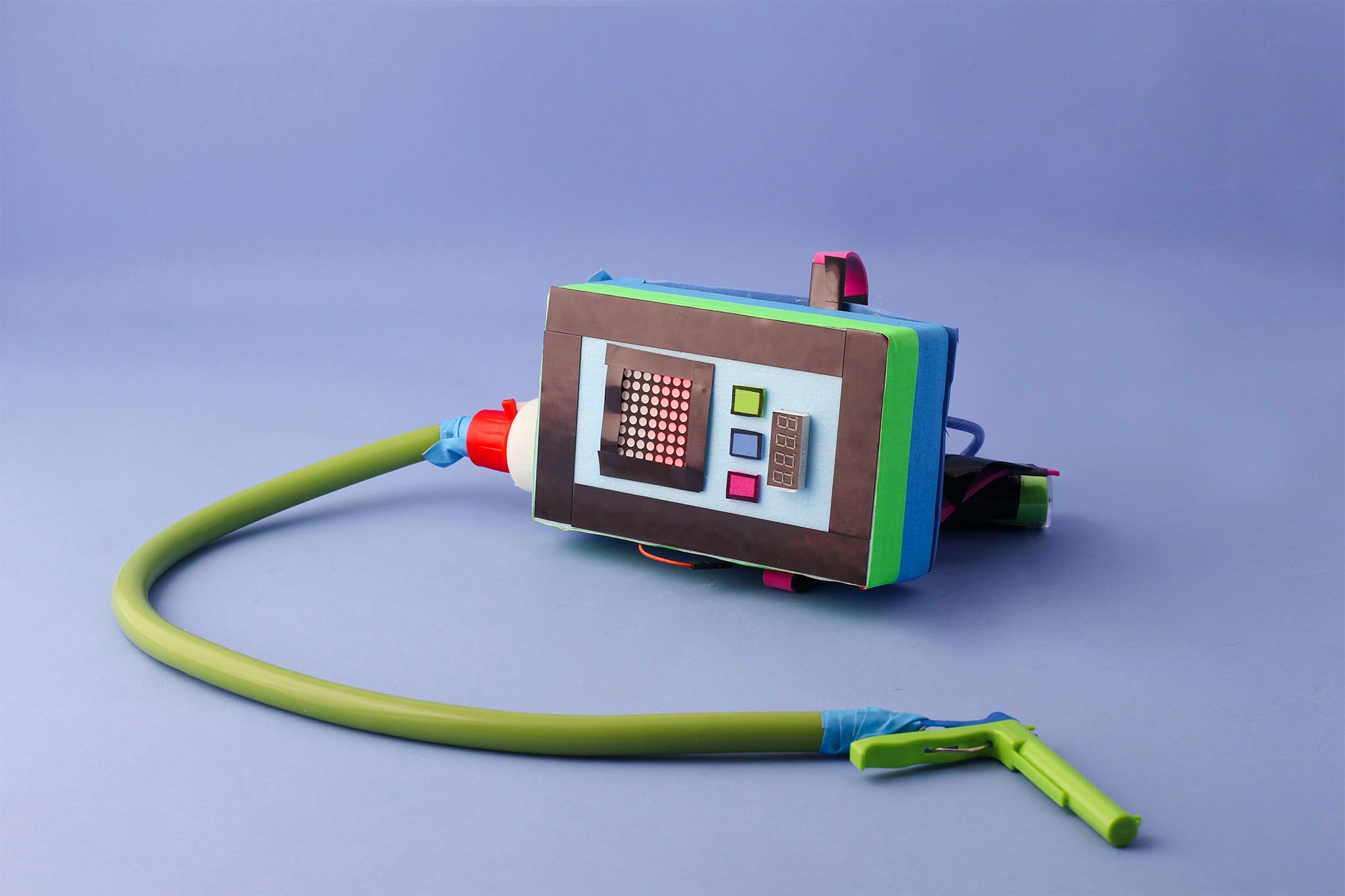
As VJF with Jon Flint we delivered a two-part workshop for the Goldsmiths Design Summer School, introducing visiting students from Miriam College in the Philippines to critical approaches to design.
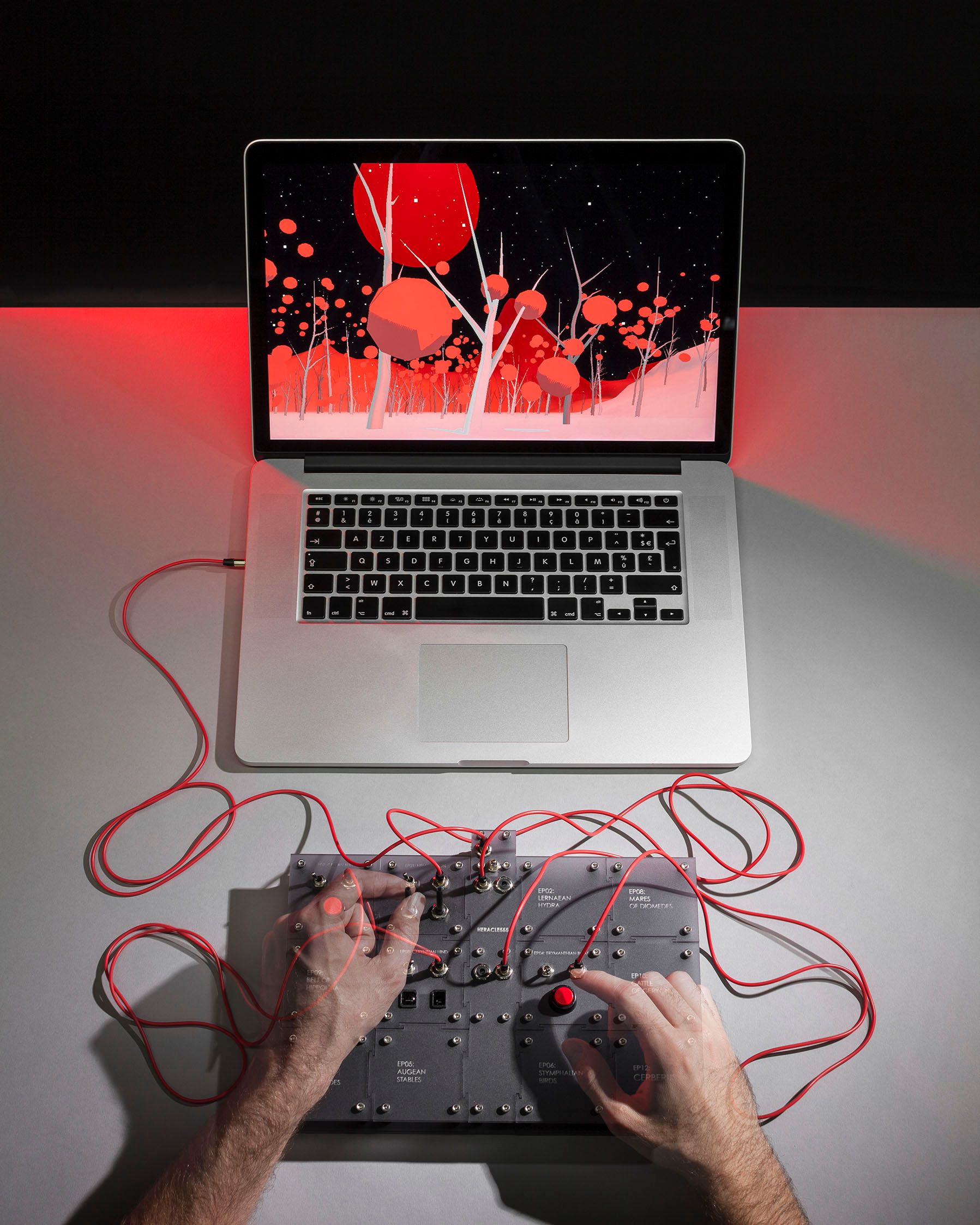
In collaboration with Félicien Goguey we have built a prototype for an episode-based multimedia exploration. Heracle555 is a series of analog audio synthesiser modules connected to a virtual environment. Twelve synthesisers-episodes are based on Twelve Labours of Hercules. With each new episode sounds and challenges become increasingly more complex, forming an advanced audiovisual experience. Heracle555 can also be used as an autonomous analog synthesiser.